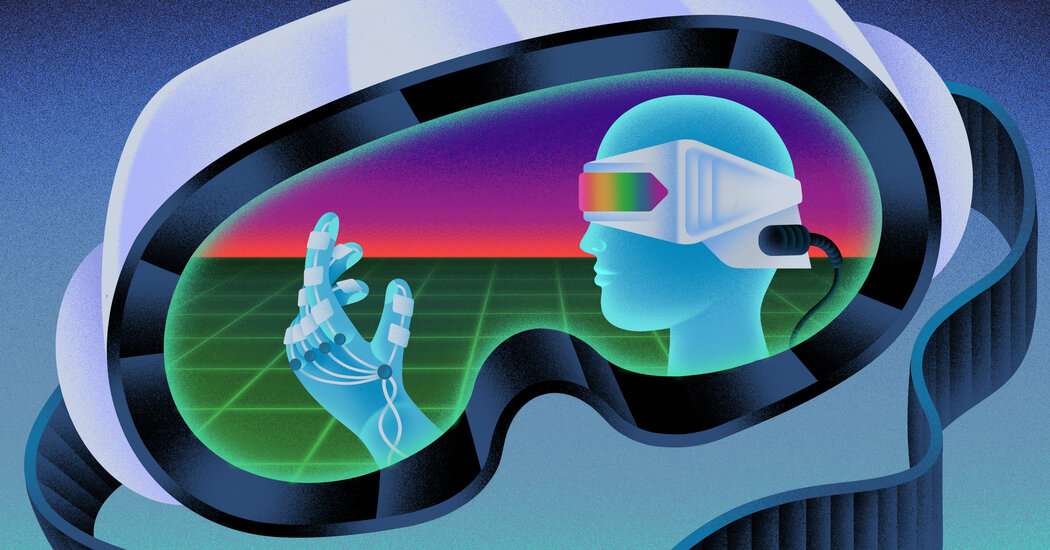
Starting with Google Glass, all have been plagued with the same issues, even as Apple plunges into the market with its Vision Pro.
After years of anticipation, Apple’s first major new product in nearly a decade has arrived. The $3,500 Vision Pro, a face computer that resembles ski goggles, will be released next week.
So, what can we expect?
The device, which includes high-resolution displays and sensors that track eye movements and hand gestures, is one of Apple’s most ambitious products. It bills the headset as the beginning of an era of “spatial computing,” which blends data with the physical world to make our lives better. Imagine giving a presentation with digital notes shown in the corner of your eye, for example.
I was among the first group of journalists to try the Vision Pro last year and walked away impressed with the quality of the picture but ultimately not sure that people would want to wear it. My skepticism was colored by my experience wearing more than a dozen headsets in the last 12 years from companies like Google, Meta, Snap, Samsung and Sony, including virtual reality goggles that plugged into bulky desktop computers and smart glasses that shot photos. The devices were intended to create immersive experiences for getting things done by moving the body instead of typing on keyboards.
Broadly speaking, the problem with headsets has less to do with technology and more to do with behavior: People quickly get tired of wearing a computer on their face, the devices end up in closets, and software developers lose interest in making apps. Sales of mixed reality and virtual reality headsets fell 8.3 percent last year, according to the research firm IDC, though they may rebound this year with Apple entering the market.
Even though Apple has a reputation for being late to the party with superior products, as it was with music players and smartphones, the Vision Pro is not guaranteed to be a breakthrough hit, especially with its breathtaking price.
“Is this Apple entering a market late but coming in with the best product and therefore will be successful?” asked Michael Gartenberg, a technology analyst and former Apple marketing director. “Or is there not an existing market because there are no $3,500 headsets aimed for the mass market?”
Thank you for your patience while we verify access. If you are in Reader mode please exit and log into your Times account, or subscribe for all of The Times.
Thank you for your patience while we verify access.
Already a subscriber? Log in.
Want all of The Times? Subscribe.